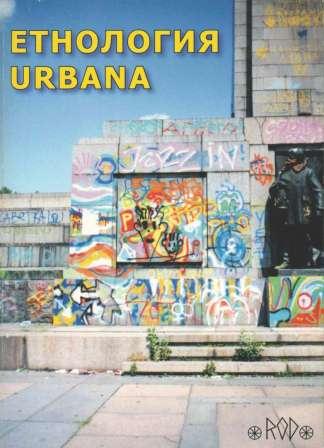Прякорната картотека на РПУ Димитровград като източник на етноложко познание
The Nickname card-index in the Local Police Station in Dimitrovgrad
Author(s): Todor MarinchevSubject(s): Anthropology
Published by: Асоциация за антропология, етнология и фолклористика ОНГЬЛ
Summary/Abstract: The author, the chief of the Criminal department in Dimitrovgrad, brings up-to-date the nickname card-index in the beginning of 2003. In the report the nickname is defined as a secondary name, originated in a microenvironment and motivated by the specific features of the individual. Keeping card-indexes in the Ministry of the Interior Affairs is part of the process of police recording where the nickname is considered characteristic feature together with the official names, personal number, place of residence, finger-prints, tattoos etc. The most effective identification by a nickname is observed on a local level – at the area of the particular police station as a microenvironment which is complex, open system and includes not only the criminals and their relatives but also police officers, magistrates and some citizens. Nicknaming in the criminal circles is comparatively mass phenomenon, it is a kind of initiation and includes, according to the current information, about 15% of the recorded criminals in Dimitrovgrad. The nickname of a criminal goes beyond the scope of a common distinguishing feature and turns into ‘title’, ‘rank’. The nicknames are often inherited by relationship. Some first names happen to receive the same nicknames. About 17% of the criminals have several nicknames, which are sometimes synonymous. There are also 3% compound nicknames. There are 8 subgroups of nicknames depending on the origin: – from proper names, including foreign names – 37%; – from nouns with material meaning , including those related to human body – 16%; – according to a characteristic feature or typical action – 14%; – from names of animals, including mythological – 12%; – from nouns meaning kinds of actions, including relationship and social status (the action feature is usually unreal) – 9%; – from the names of popular people, including literary characters – 7%; – according to the nationality and geographical origin – 4%; – from abstract nouns – 1%; In the card-index of the local police station in Dimitrovgrad about 30% of the nicknames are Gypsy men’s, about 3,5% – Turk’s; there isn’t information available about other ethos except for the Bulgarian and the both already mentioned. The nicknames of women are less than 1% as half of them are nicknames of Gypsy women. There is a supplement of an alphabetical index containing 853 nicknames with indication of gender, age and nationality, as well as explanation of the meaning where possible.
Journal: Годишник на Асоциация за антропология, етнология и фолклористика »Онгъл«
- Issue Year: 2005
- Issue No: Special
- Page Range: 257-266
- Page Count: 10
- Language: Bulgarian
- Content File-PDF

